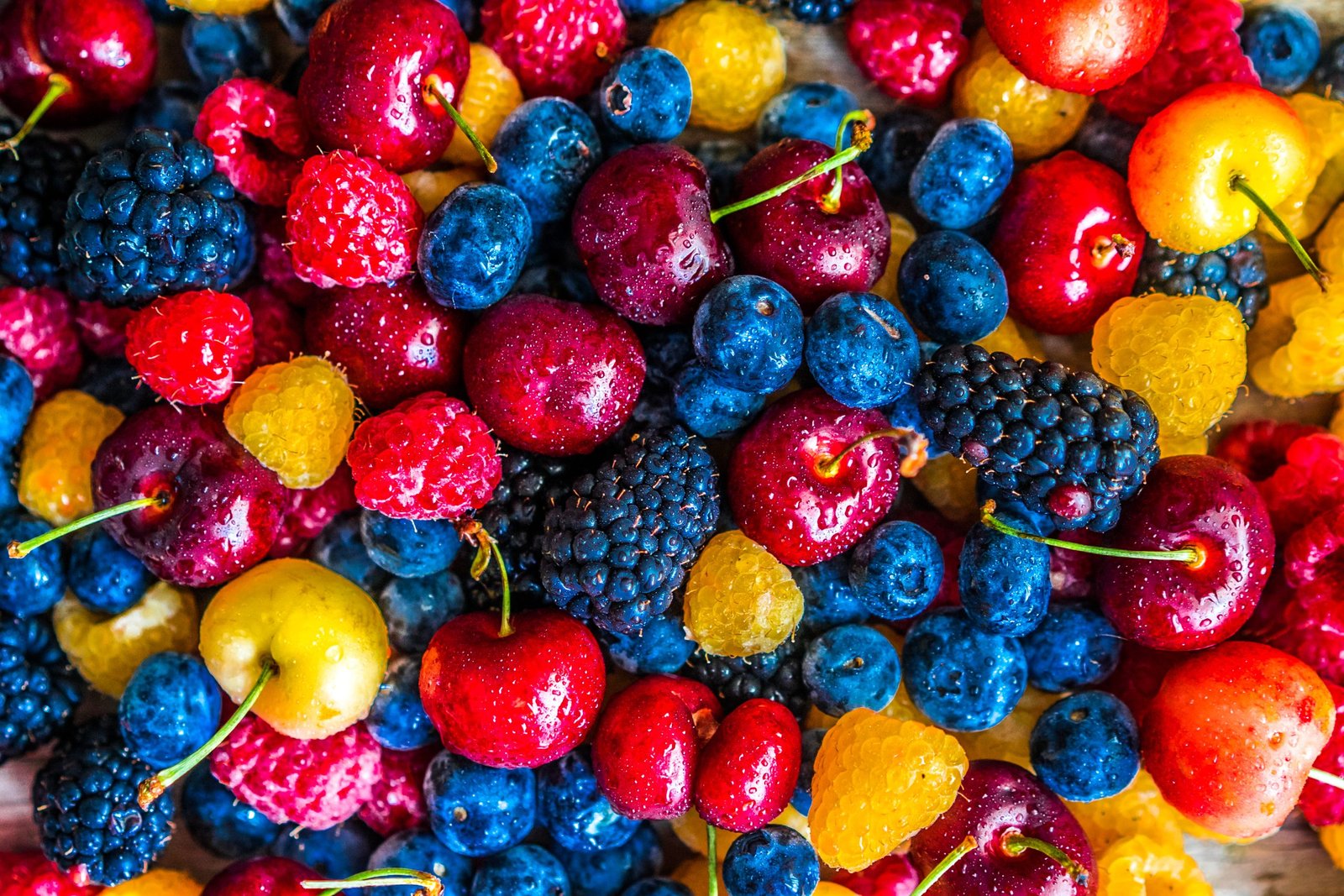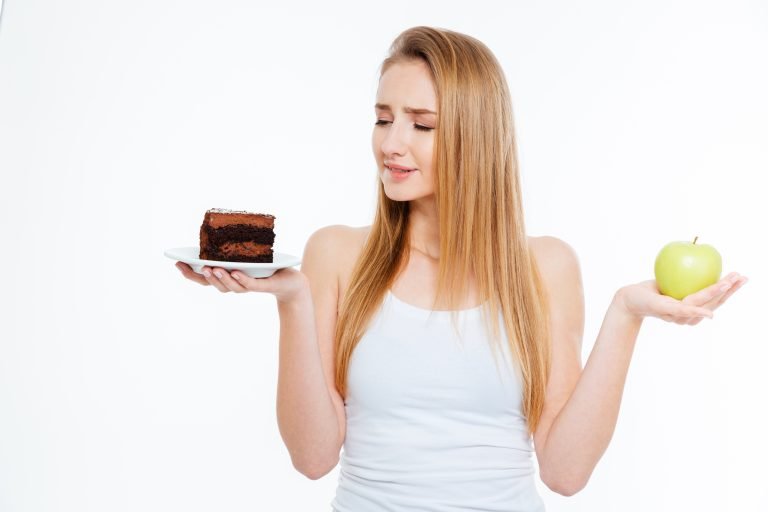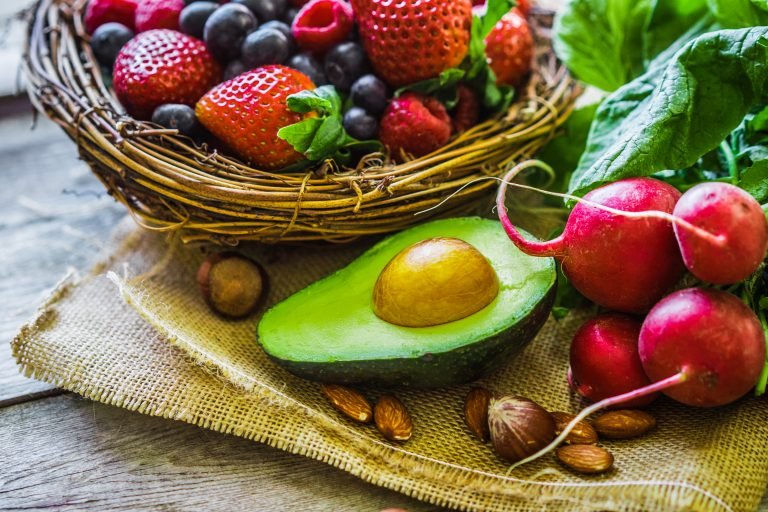Lose Weight Fast with This Proven Carb Cycling Diet
Carb cycling is a popular diet plan that has been proven to help people lose weight quickly and effectively. It involves alternating between high-carbohydrate days and low-carbohydrate days, which helps your body burn fat more efficiently while still providing you with the energy you need to function at your best. In this blog post, we’ll explore everything you need to know about carb cycling for weight loss, including how it works, what benefits it offers, how to create a successful meal plan, and answers to frequently asked questions.
Introduction to Carb Cycling
Carb cycling is based on the idea of manipulating your carbohydrate intake to take advantage of the hormones that control hunger and metabolism. By eating more carbs on some days and fewer carbs on others, you can boost your metabolism, reduce cravings, and increase your overall fat burning potential. The key is to find the right balance between carb-loading and carb-restricting days to maximize your results.
The Benefits of Carb Cycling for Weight Loss
There are several reasons why carb cycling is such an effective weight loss strategy. Firstly, it helps to regulate insulin levels in the body, which can prevent blood sugar spikes and crashes that lead to increased hunger and decreased energy levels. Secondly, by alternating between high-carb and low-carb days, you can keep your body from becoming adapted to a constant level of carbohydrates, which can slow down your metabolism over time. Finally, carb cycling allows you to enjoy a wider variety of foods while still staying within your daily calorie needs, making it easier to stick to long term.
How to Create a Successful Carb Cycling Meal Plan
To create a successful carb cycling meal plan, start by dividing your week into two phases: high-carb phase and low-carb phase. During the high-carb phase, aim to consume 40% to 50% of your total calories from carbohydrates, spread out across all three meals and snacks throughout the day. Good sources of healthy carbs include whole grains, fruits, vegetables, and legumes. On the other hand, during the low-carb phase, try to limit your carb intake to around 20% to 30% of your total calories, focusing instead on lean proteins, healthy fats, and non-starchy veggies. Some examples of low-carb options include chicken breast, salmon, avocado, spinach, and broccoli.

Sample Carb Cycling Diet Plan
Here’s a sample carb cycling meal plan to give you an idea of what your menu might look like:
Day 1 (High-Carb Phase)
Breakfast – Oatmeal with banana and almond butter
Snack – Apple slices with peanut butter
Lunch – Quinoa salad with roasted sweet potato and black beans
Snack – Greek yogurt with berries and granola
Dinner – Grilled chicken with brown rice and steamed green beans
Day 2 (Low-Carb Phase)
Breakfast – Scrambled eggs with asparagus and mushrooms
Snack – Hard boiled egg with cucumber slices
Lunch – Tuna salad lettuce wrap with cherry tomatoes and avocado
Snack – Roasted pumpkin seeds
Dinner – Baked cod with zucchini noodles and cauliflower mash
Frequently Asked Questions About Carb Cycling
One common question about carb cycling is whether or not it’s safe to do so regularly. As long as you follow a balanced and nutritious diet overall, there shouldn’t be any negative side effects associated with carb cycling. Another concern is whether or not it will affect exercise performance. While some studies suggest that carb cycling may impair athletic performance, most people won’t experience significant differences in their workouts. Ultimately, the best way to determine if carb cycling is right for you is to try it out and see how your body responds.





